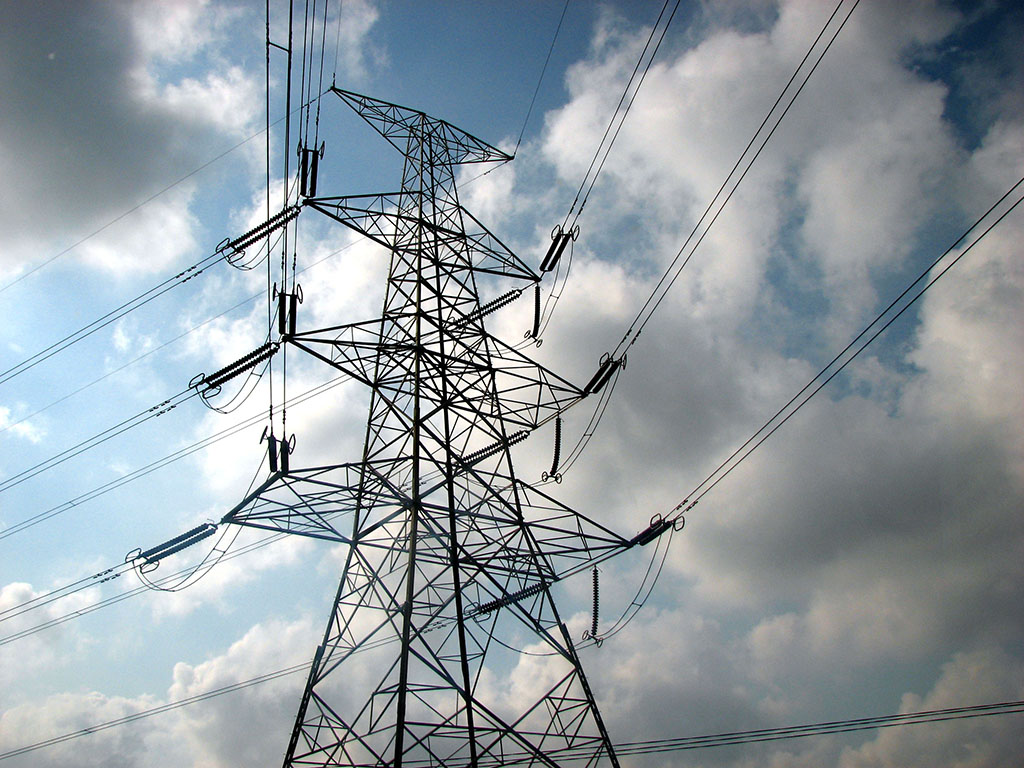The study, by Finland’s Lappeenranta University of Technology, stated the price of electricity in India would go down further if subsidy schemes from the government were taken into account.
The report aims to demonstrate a fully sustainable energy system could be cheaper than the current system, without subsidies. The energy system envisioned would be mainly based on solar PV, with batteries supplying electricity at night and in early morning hours.
The study is based on an hourly model that guarantees total annual power supply in the sub-regions examined covers demand from all sectors – a factor which is most relevant during the monsoon season. A transmission grid connecting regions that would be able to reduce the need for energy storage and total costs, would also be required.
The study lauds the Indian government’s efforts to curb the effects of climate change and provide sustainable electricity by taking initiatives in renewable power generation, and particularly by utilizing the nation’s abundant solar potential.
However, large scale deployment of renewables in future would require storage solutions to balance intermittency and create a more reliable and flexible electricity distribution system.
Balance of batteries and pumped hydro storage
Of total electricity demand in 2050 for the ‘power’ and ‘integrated’ scenarios in the study, 46% and 40% would be met with storage, respectively.
As the influence of solar and wind increases, so does the relevance of storage, particularly batteries. After 2035, battery output would meet around 14% of electricity demand. Thereafter, the figure would increase to 42% by 2050, in the power scenario.
Batteries could provide 2,596 TWh, pumped hydro storage 12 TWh and gas storage 197 TWh of electricity. The combination of PV and battery storage would evolve as the low-cost backbone of Indian energy supply, resulting in 3.2-4.3 TWp of installed PV capacity, depending on the scenario applied in 2050.
The anticipated fall in the cost of batteries during the transition period, as well as that of PV systems, would mainly contribute to the utilization of batteries.
On a daily basis, batteries and pumped hydro storage could play a vital role in maintaining the balance between electricity supply and demand. Power-to-gas could provide the system with a long-term storage option, acting as seasonal storage.
Monsoon conundrum
In the monsoon period, the decrease in electricity output of batteries due to the decrease in solar resource availability, could be effectively managed by an increase in gas storage discharge to produce electricity.
However, the utilization of storage would not be enough to overcome the monsoon obstacle, as in some regions electricity storage is not cost competitive. In such cases, transmission grids would be important, to transfer electricity from regions less affected by the weather.
The synchronized discharging of batteries at night and charging of power-to-gas in the early summer and summer months, would reduce the possibility of curtailment during the following day. If the batteries were not fully discharged the next day, the primary energy generated would have to be curtailed due to limited battery and power-to-gas electrolyser unit storage capacity.
The installation of additional battery capacity would be required to store excess energy if batteries were not fully discharged. Synchronized battery discharge to power-to-gas charging would form part of a least cost solution.
This content is protected by copyright and may not be reused. If you want to cooperate with us and would like to reuse some of our content, please contact: editors@pv-magazine.com.









By submitting this form you agree to pv magazine using your data for the purposes of publishing your comment.
Your personal data will only be disclosed or otherwise transmitted to third parties for the purposes of spam filtering or if this is necessary for technical maintenance of the website. Any other transfer to third parties will not take place unless this is justified on the basis of applicable data protection regulations or if pv magazine is legally obliged to do so.
You may revoke this consent at any time with effect for the future, in which case your personal data will be deleted immediately. Otherwise, your data will be deleted if pv magazine has processed your request or the purpose of data storage is fulfilled.
Further information on data privacy can be found in our Data Protection Policy.